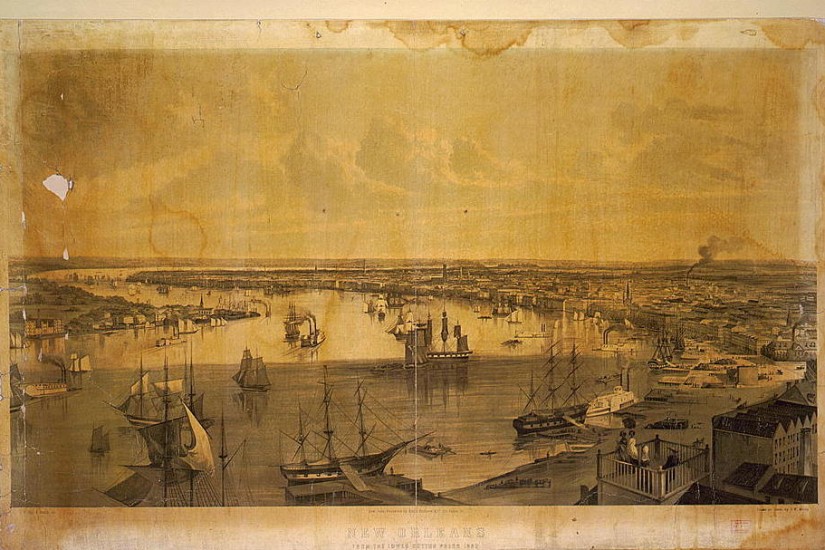In the immediate aftermath of Hurricane Katrina, the media and politicians constructed a story of racism in America. Americans watched day after day as New Orleans residents, mostly African Americans, suffered. From the left end of the political spectrum came arguments that the storm revealed entrenched institutional racism. From the right came the retort that such talk obscured the far more destructive individual behavior of a segment of the African American community. To conservatives the real racists have been those who have perpetuated dependence and a destructive sense of victimization in the black community.
To the historian, none of this should be surprising, for the past is full of examples of the kind of political construction we have observed in the aftermath of Hurricane Katrina. This essay examines one such example, the yellow fever epidemic that New Orleans experienced in 1853. Politicians and other local leaders, concerned about local political corruption and its negative effect on commercial development, constructed a narrative designed to mobilize support for antiparty reform and publicly funded internal improvements. The story of the epidemic, as they told it, emphasized the failures of political parties to unite citizens behind public projects that, they believed, served the interests of the entire community. They were contending with nativists, who blamed Irish and German immigrants for creating a public health crisis by practicing bad hygiene, and Democrats, who alleged that all reformers wanted to use the epidemic as justification for disfranchising immigrants. As has been true of reactions to Hurricane Katrina, politicians in the 1850s framed the disaster to advance their own long-standing agenda. Historians have done so as well.
The first reports in the press about yellow fever, now understood as a viral disease transmitted by mosquitoes, came at the end of May 1853. Seven additional cases appeared in early June, according to the city's unofficial board of health. The press did not, however, raise an alarm because local leaders worried about reinforcing the city's reputation for disease and hurting business. The New Orleans Daily Picayune, in fact, complained on June 28 that the “unauthorized report” of the board of health had caused people to begin leaving for healthier locations. But the number of deaths continued to rise. The board reported that during one week in July, 206 people died of “yellow jack.” By the end of July, Charity Hospital was admitting one hundred patients per day. The hospital soon ran out of beds, so patients had to be placed on the floor. Further evidence of the seriousness of the outbreak came when the Howard Association, a group of businessmen who cared for the ill during epidemics, publicly announced that they had begun their rounds. Thousands of residents began to flee the city. By the time the epidemic ended in December, the estimated number of deaths had reached more than 7,000. Some have estimated that 10 percent of the city's population, 8,000 to 11,000, perished during the epidemic.
The epidemic broke out at a time of growing discontent with the political status quo. Prior to the city election of 1852, a group of Whigs and Democrats, led by the businessman James Robb, had organized an independent reform movement, akin to the Young America movement, that was committed to eliminating government corruption and restrictions on government investment in internal improvements, particularly railroads. Those whiggish, probusiness reformers hoped that “the people of New Orleans could be induced to unite for the promotion of its commercial and industrial improvement independent of the tyranny of party, and superior to the influences of cliques, and classes, and individual interests.” It would be a “cheering change” and soon be “manifest in our progress.” In the election, independent candidates won a number of city council seats, primarily at the expense of Whigs, and Democrats, with their appeals to immigrants, made gains as well.
